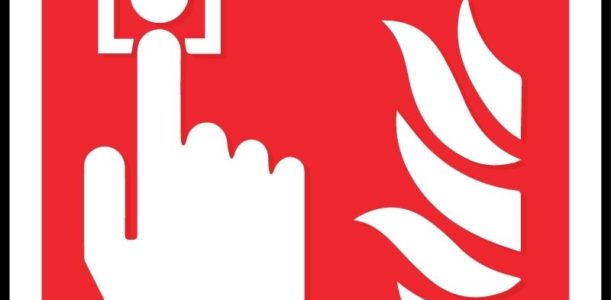
Fire alarm supervision stations can be on the premises or in remote locations, operated by the building owner, a separate entity, or a public communications center. The general requirement for fire alarm supervising stations can be found in the National Fire Protection Association, NFPA, Life Safety Code, NFPA 101. The bottom line is, without a monitoring station, there is a hole in your security and the costs can be devastating in terms of loss of property and/or loss of life.
NFPA 101, Life Safety Code Supervision Station
The requirements for notification of emergency forces outlined in NFPA 101 are based on the need to automatically transmit signals that will result in alerting the municipal fire department. Acceptable methods of accomplishing this include the following types of fire alarm system supervision:
- Central station fire alarm system
- Auxiliary fire alarm system
- Remote supervising station
- Proprietary monitoring station fire alarm system
NFPA 101 details the acceptable means of notifying emergency forces whereas NFPA 72, the National Fire Alarm and Signaling Code, details the requirements for supervising stations.
NFPA 72, National Fire Alarm and Signaling Code
While each type of alarm system supervision has the same goal, to quickly notify and dispatch emergency responders when needed, there is some confusion pertaining to the different types of system supervision. NFPA 72 further defines the types of supervision stations and the requirements for signaling.
- Central station fire alarm system – a remote supervising station that does more than monitoring with services such as testing and record keeping. Building owners use this type of supervision when they want a single provider to perform monitoring as well as testing, inspections, maintenance and other fire and security services.
- Auxiliary fire alarm system – this system is connected to a municipal fire alarm system to transmit signals to a public fire service communications center, received in the same matter as alarms transmitted from municipal fire alarm boxes. Municipalities have been moving away from this type of supervision system.
- Remote supervising station – a location that is constantly attended receives signals from various systems and premises owned by different parties. This type of system typically provides monitoring and recording of signals only as opposed to central stations. This is typically used by owners where a proprietary system does not make sense or for buildings that do not require central service.
- Proprietary supervising station – this type of monitoring is provided under the same ownership as the protected building and is useful for owners that have numerous buildings in different locations or very large buildings. This type of monitoring on the same premises requires the space and staff available and can be found in large industrial plants, campuses, airports, hospitals, and other facilities.
All monitoring and supervision stations have one thing in common with signals received at a location with qualified operators constantly in attendance to respond properly to activated alarms.
High Rise Security Systems Provides Monitoring and More
High Rise Security Systems, HRSS, is a leading authority and provider of fire, security, and life safety systems to commercial properties in and around Chicago. With decades of expertise in deciphering all required code regulations for our business customers, we recognize the importance of reliable fire detection, notification and signaling to dispatch emergency services.
When fire occurs, seconds count. In occupied facilities like hospitals and hotels, quick evacuation may be challenging but critical to saving lives. In occupied buildings, fast detection and dispatch can prevent costly damage and disastrous consequences. Whatever you business or type of building, protecting your property and saving lives is our main concern. Fire alarm monitoring by code compliant supervisory stations gives building owners peace of mind and protects against devastating expenses such as costly fines, property damage, false alarms and injury or death. Maintaining reliable and continual fire alarm monitoring can also provide lower insurance rates for some businesses.
Since a fire alarm system left unmonitored provides no value and in most cases is in violation of all building and fire safety code regulations, not monitoring your system is not an option. The true cost of your fire alarm monitoring comes down to getting the most value from your fire and security provider with additional fire and security services.
Protecting your loved ones, employees and assets is priceless. Choosing the best provider for the job can provide added valuable benefits with experienced fire alarm inspections and added services.
HRSS offers comprehensive fire alarm, security, and life safety services including UL listed equipment, consulting, testing, inspection, maintenance, repairs and monitoring 24/7/365. We design compliant security systems based on decades of expertise and extensive knowledge of all local and federal safety codes including Chicago Building Code requirements. Contact us to partner with a value added provider of fire alarm and security monitoring services.



